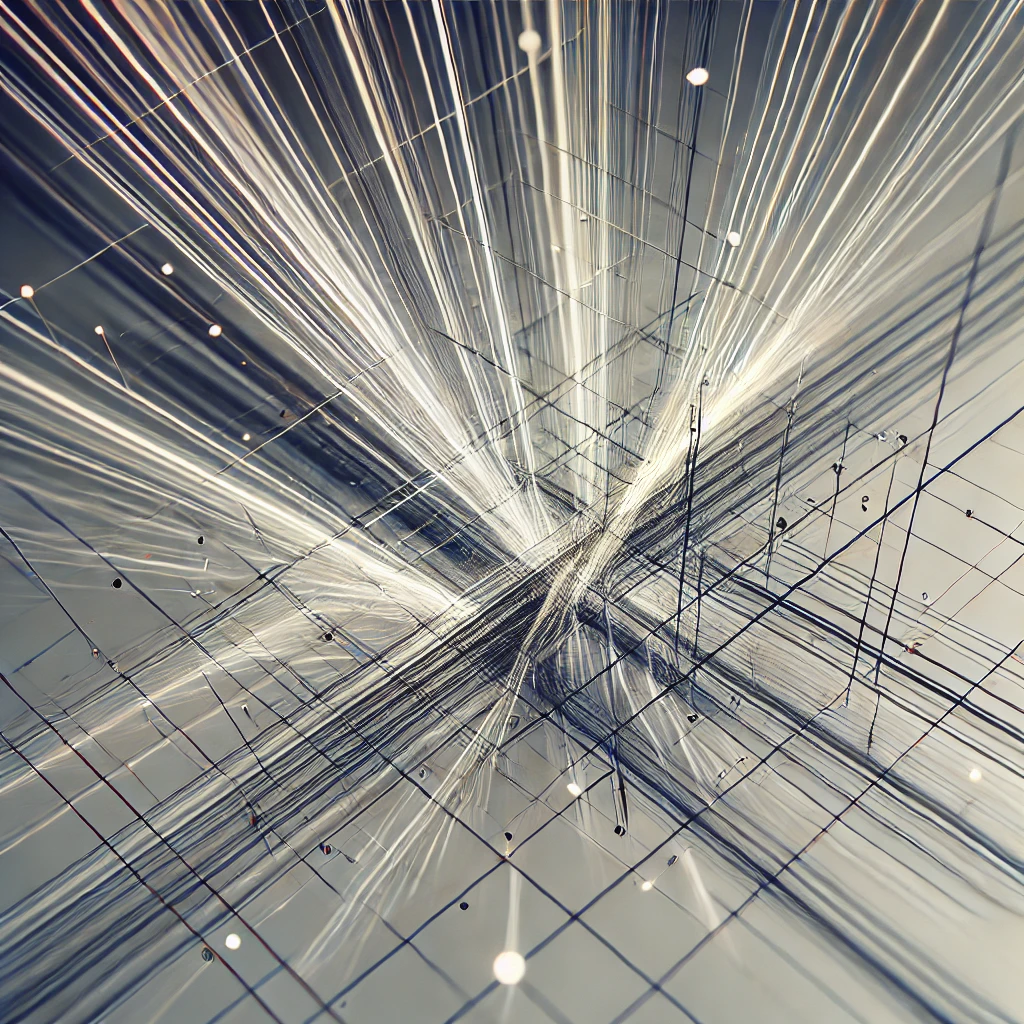LoQ ABEC Energy Shield: Mapping the Unison Vessel
The LoQ ABEC energy shield represents a quantum framework where precision mapping, dynamic energy coherence, and adaptive shielding come together to form a system in perfect harmony with its environment.
LoQ: The Quantum Lens
LoQ is the system’s lens for precision and coherence, aligning spatial volumes with temporal intervals for dynamic mapping and interaction.
LoQ: Holographic Spatial Reference
The LoQ Holographic Spatial Reference system combines precision and efficiency, using intersecting lines (L) and scope (Q) to define and store spatial volumes in holographic form. By prioritizing beam accuracy, LoQ ensures points out distances are resolved with minimal energy loss and maximum fidelity.
Key Principles
- Intersecting Lines (L): Create a framework for resolving spatial intersections and scalar nodes.
- Scope (Q): Acts as the lens for projecting depth and precision in holographic form.
- Beam Accuracy: Measures how effectively volumes are defined and distances resolved.
Applications
- Holographic Storage: Render spatial volumes once, storing them for continuous reference.
- Energy Optimization: Ensure minimal energy loss in defining spatial volumes.
- Dynamic Systems: Align intersecting lines and scope dynamically for adaptive precision.

“Trace of a repeating loop over distance.”
Survey Locking: The Core of LoQ
Survey Locking ensures that scalar nodes and temporal checkpoints are precisely mapped, enabling dynamic recalibration to maintain stability and efficiency.
LoQ: The GPS of the MiCi System
The Level of Quality (LoQ) functions like a GPS for the MiCi system, enhancing precision and alignment while enabling continuous surveying of scalar references and spatial transformations. At 0Y, LoQ provides real-time adjustments, ensuring pathways and interactions remain optimized.
Key Features of LoQ
- Dynamic Precision: Continuously surveys and recalibrates scalar references for optimal alignment.
- Optional Utility: Enhances system performance but can be sidelined when static references suffice.
- Energy Optimization: Identifies paths of least resistance, ensuring efficient energy distribution.
Applications of LoQ
- Dynamic Mapping: Provides real-time updates for scalar and vector interactions.
- Energy Systems: Ensures optimal energy flow pathways within the system.
- Continuous Surveying: Aligns references across time and space to maintain coherence.
“LoQ is the guiding star of precision, illuminating paths of least resistance and locking references in real time.”
ABEC Mapping
ABEC fluids enable proportional buffering and phase coherence, adapting to external inputs in real time to maintain stability across spatial dimensions.
Applications
- Dynamic Navigation: Adapt to complex environments.
- Energy Optimization: Balance flows for efficiency.
- Universal Mapping: Create detailed logs of external interactions.
Conclusion
The LoQ ABEC energy shield embodies the future of adaptive systems, blending dynamic mapping with coherent energy distribution to harmonize with the cosmos.
Further Reading
Where to Go Next
How the signal propagates and effects resistance across volumes.
Harmonic Pathways